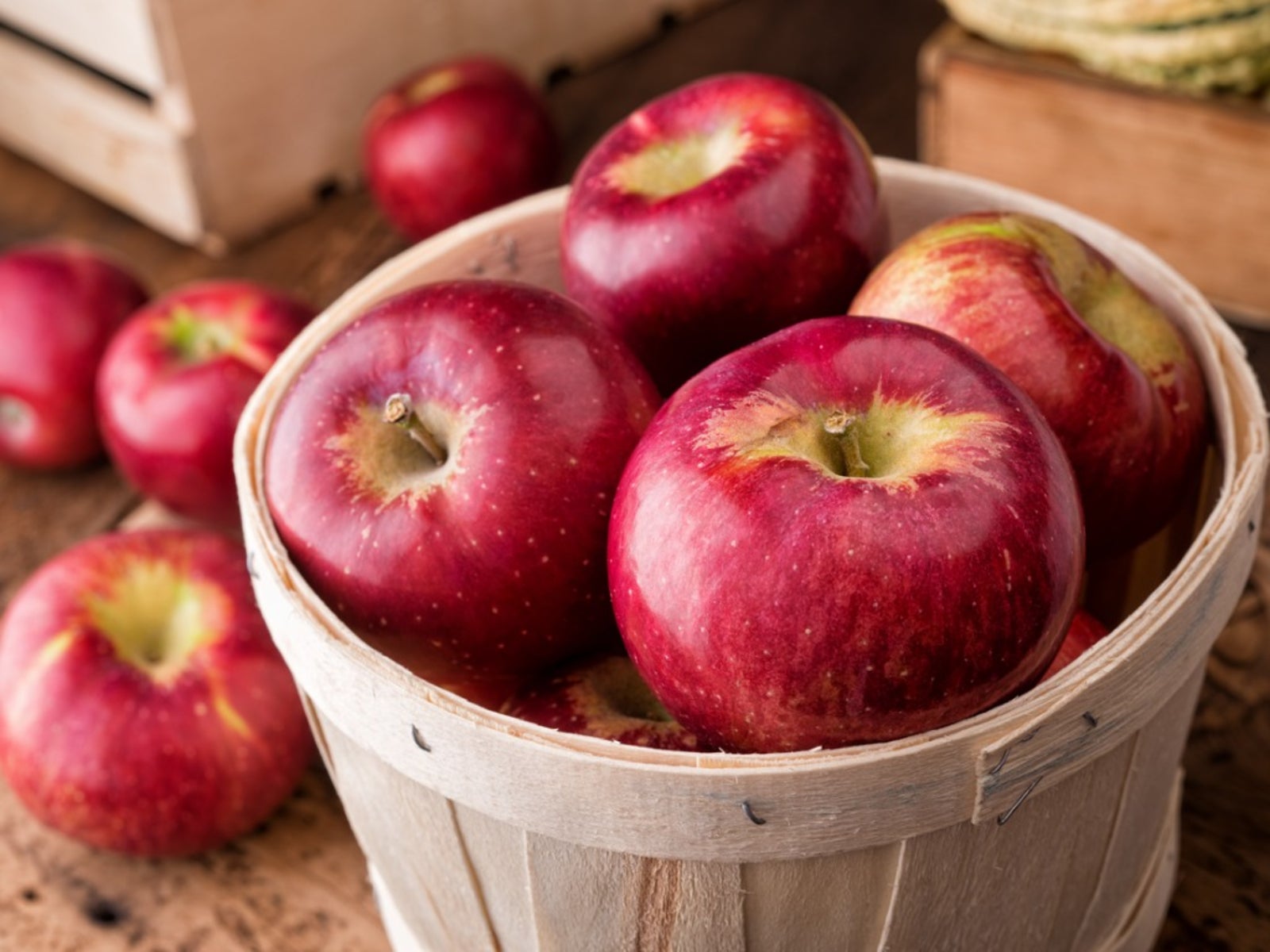Why Grow Cortland Apples: Cortland Apple Uses And Facts


What are Cortland apples? Cortland apples are cold hardy apples originating from New York, where they were developed at an agricultural breeding program in 1898. Cortland apples are a cross between Ben Davis and McIntosh apples. These apples have been around long enough to be considered heirlooms that have passed from generation to generation. Read on and learn how to grow Cortland apples.
Why Grow Cortland Apples
The question here should really be why not, as tasty Cortland apple uses abound. The sweet, juicy, slightly tart apples are good for eating raw, cooking, or making juice or cider. Cortland apples work well in fruit salads because the snow white apples are resistant to browning. Gardeners appreciate Cortland apple trees for their beautiful pink blooms and pure white blossoms. These apple trees set fruit without a pollinator, but another tree in close proximity improves production. Many prefer to grow Cortland apples near varieties such as Golden Delicious, Granny Smith, Redfree or Florina.
How to Grow Cortland Apples
Cortland apples are suitable for growing in USDA plant hardiness zones 3 through 8. Apple trees need six to eight hours of sunlight per day. Plant Cortland apple trees in moderately rich, well-drained soil. Look for a more suitable planting location if your soil contains heavy clay, fast-draining sand or rocks. You may be able to improve growing conditions by digging in plenty of manure, compost, shredded leaves or other organic material. Incorporate the material to a depth of 12 to 18 inches (30-45 cm.). Water young apples trees deeply every seven to 10 days during warm, dry weather. Use a drip system or allow a soaker hose to trickle around the root zone. Never overwater – keeping the soil a little on the dry side is preferable to soggy soil. After the first year, normal rainfall usually provides enough moisture. Don’t fertilize at planting time. Feed apple trees with a balanced fertilizer when the tree begins bearing fruit, usually after two to four years. Never fertilize after July; feeding trees late in the season produces tender new growth that may be nipped by frost. Thin excess fruit to ensure healthier, better-tasting fruit. Thinning also prevents breakage caused by the weight of a heavy crop. Prune Cortland apple trees annually after the tree is bearing fruit.
Sign up for the Gardening Know How newsletter today and receive a free copy of our e-book "How to Grow Delicious Tomatoes".

A Credentialed Garden Writer, Mary H. Dyer was with Gardening Know How in the very beginning, publishing articles as early as 2007.